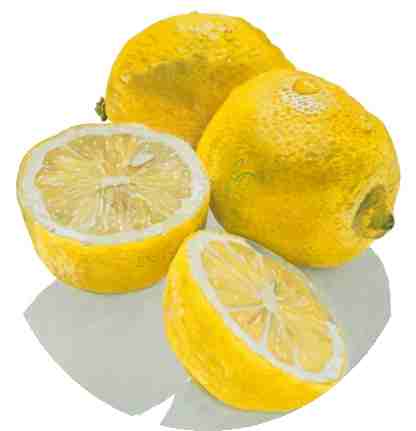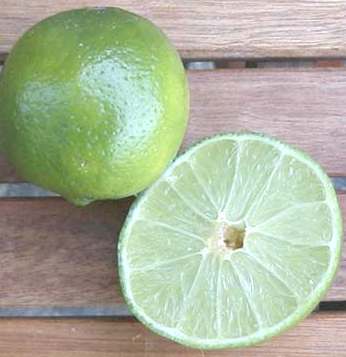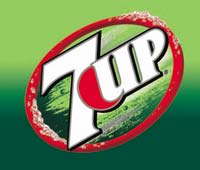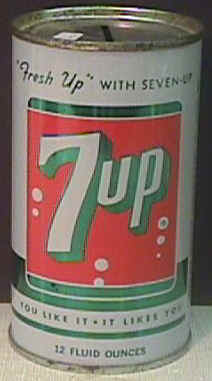|
LEMON and LIME |
||||||
|
HOME BIOLOGY CREW GEOGRAPHY HISTORY INDEX MUSIC FILMS THE BOAT SOLAR BOATS |
||||||
|
The lemon tree is much less hardy in its tolerance for cold than the orange tree and the area of its cultivation is therefore more restricted. Lemon culture has long been a commercial industry in Spain, Portugal, Italy, Sicily, and Corsica. At present, the leading producing countries are the United States, Italy, Spain, Argentina, Greece, and Turkey.
About one fourth of the world's lemons are grown in the United States, mostly in California. Until the cold wave of 1894 and 1895 destroyed its lemon industry, Florida was an important producer. Since that time the great development of lemon culture in the United States has been in the irrigated lands of southern and central California.
Insect pests and fungus diseases can attack the groves. The grower must spray the trees to prevent disease and pest damage. Among the pests are various scale insects. The ladybird beetle was imported from Australia to eat scale insects. Many other beneficial insect predators have been found in recent years. Pest control, now called pest management, uses a combination of natural beneficial predators, farming practices, and chemical sprays to reduce insect pests. Pest management has greatly reduced the amount of chemicals sprayed on citrus groves.
Charles Leiper Grigg was born in 1868 in Price's Branch, Missouri. As an adult, Grigg moved to St. Louis and started working in advertising and sales, where he was introduced to the carbonated beverage business. By 1919, Charles Leiper Grigg was working for a manufacturing company owned by Vess Jones. It was there that Grigg invented and marketed his first soft drink called "Whistle".
LEMON LIME DRINKS
After a dispute with management, Charles Leiper Grigg quit his job (giving away "Whistle") and started working for the Warner Jenkinson Company, developing flavoring agents for soft drinks. Grigg invented then his second soft drink called called "Howdy". When he eventually moved on from Warner Jenkinson Co., he took his soft drink "Howdy" with him. Together with financier Edmund G. Ridgway, Grigg went on to form the Howdy Company. So far, Grigg had invented two orange-flavored soft drinks. But his soft drinks struggled against the king of all orange pop drinks, "Orange Crush". "Orange Crush" grew to dominate the market for orange sodas. Charles Leiper Grigg decided to focus on lemon-lime flavors and and by in October of 1929 he had invented a new drink called, "Bib-Label Lithiated Lemon-Lime Sodas". The name was quickly changed to " 7 Up Lithiated Lemon-Lime" and then again quickly changed to just plain 7up. 7up merged with "Dr Pepper" in 1986.
History
of Pop Timeline of the entire
history of soft drinks. 7up The official and really cool website for 7up. 7up Soda Display Vintage 7up bottles and display item
Solar Cola - a taste for adventure
We are looking for distributors in America, Australia, Canada, Europe, and Japan. The state of the Cola market globally and in the UK is ripe for a fresh quality brand, with excellent potential for growth. According to ResearchandMarkets.com the UK drinks market is worth an estimated £53.5 billion, representing a 7% share of total consumer spending. The global soft drinks market is roughly the same percentage of total consumer spending for developed countries.
Prospective investors in our company should consult their own independent investment advisers, and please note this information is provided for general guidance only. It is not a prospectus, but is provided in response to the number of requests we have received asking for more information
For all trade enquiries please contact: Nelson Kruschandl at:
Solar Cola UK or Solar Cola Exports The Old Steam House Herstmonceux, BN27 1RF United Kingdom
+ 44 (0) 1323 831727 +44 (0) 7905 147709
|
||||||
|
This website is Copyright © 1999 & 2006 NJK. The bird logo and name Solar Navigator and Solar Cola are trademarks. All rights reserved. All other trademarks are hereby acknowledged. Max Energy Limited is an educational charity. |
||||||
|
BLUEBIRD ELECTRIC CAR MANUFACTURERS ELECTRIC CARS ELECTRIC CYCLES SOLAR CARS |




